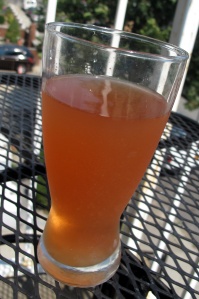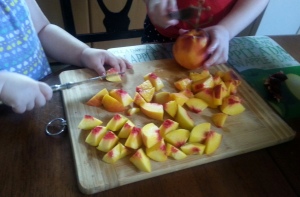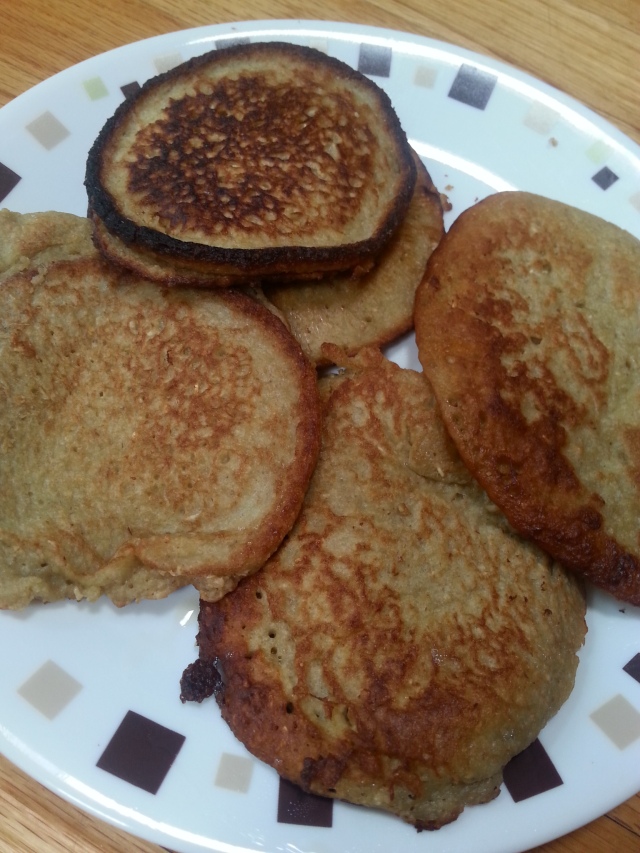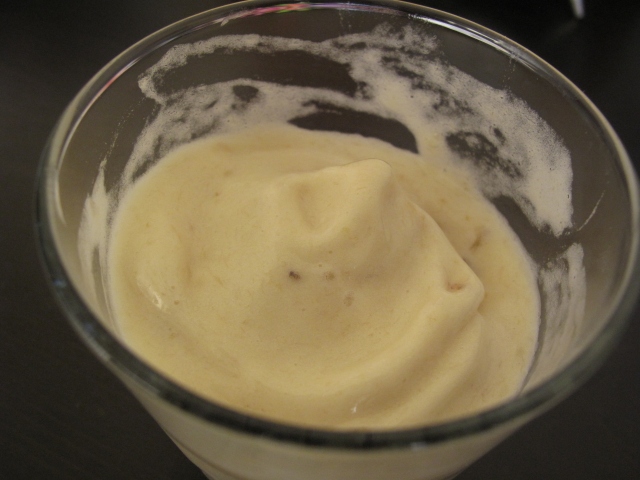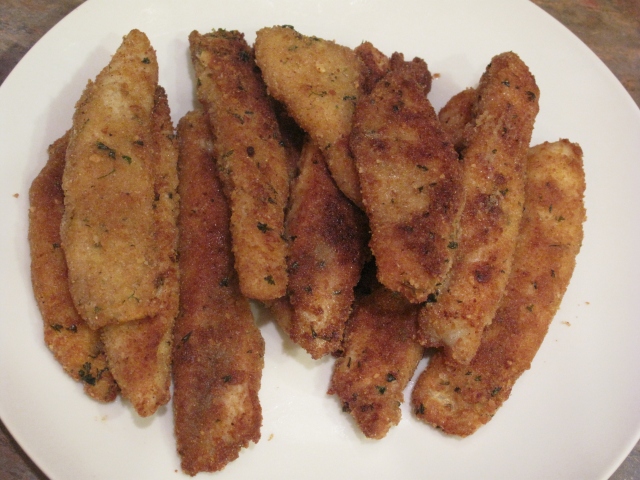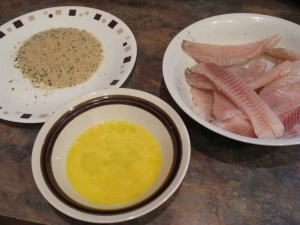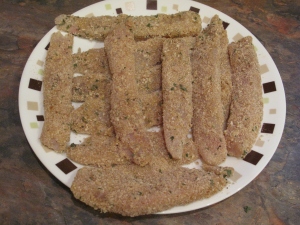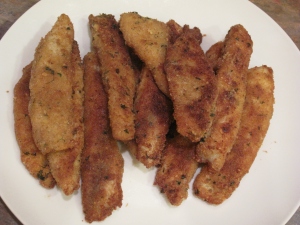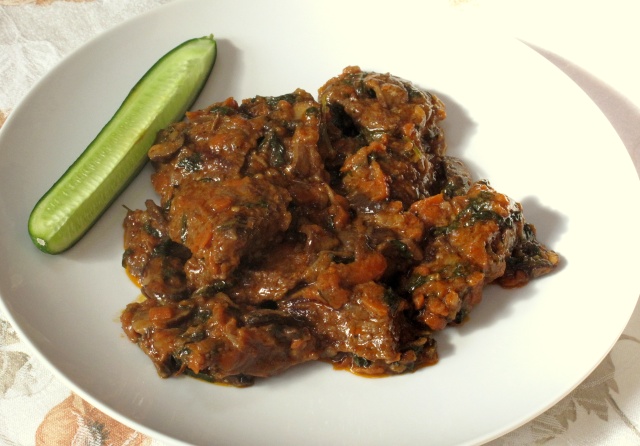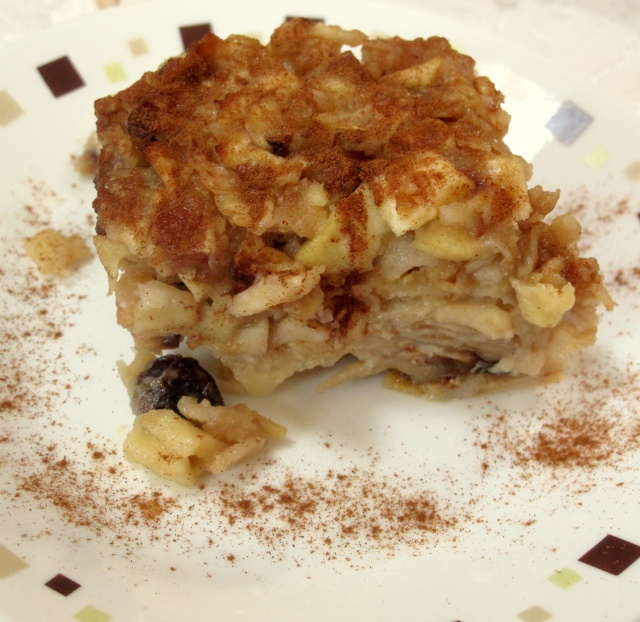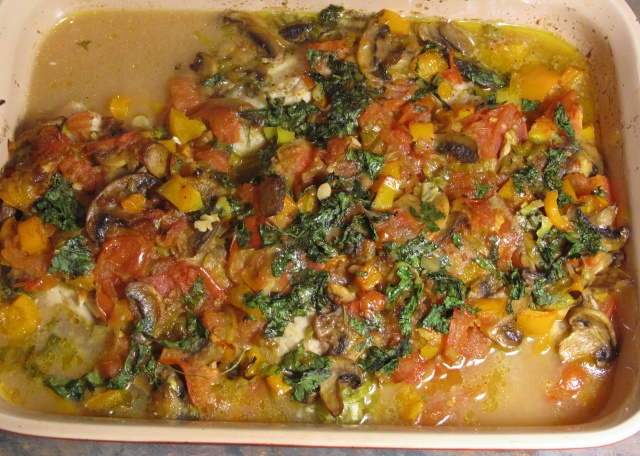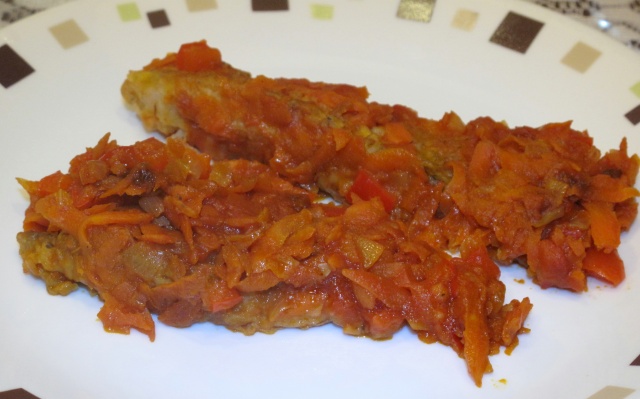The fruit-picking season has come, and as the recent drop in temperatures shows, it is most likely gone. My family and I have managed to go apple-picking at least once every summer for the last 3 years. It has always been a peculiar experience, where we had to grind our way through trafficky roads to and from the apple orchard only to end up paying twice as much for apples than we would have at a local grocery store. But, the time at the orchard has always been a blast and made the whole thing worthwhile. This year, being the risk-takers that we are, we did something different and went to an orchard that grew peaches and nectarines in addition to apples. A bucket full of peaches and nectarines is great, but then the question comes up, what do we do with them? Even after giving away a bunch to family, there were still more of them than we could eat before they would rot.
The solution I came up with was to make a kompot. What, you may ask, is a kompot?
The word “kompot” comes from the French “compote”, meaning a mixture. According to Wikipedia, it started out in France during Renaissance times and then spread through Eastern and Central Europe. In essence, kompot is fruit stewed with sugar. It can be made either thick and syrupy (primarily meant for eating the fruit as dessert), or light and watery (meant for drinking). This dish became a staple during the Soviet times because it’s a convenient way to preserve fruit for the winter, which was a must if you wanted to have any fruit during winter. This dish is very versatile. It can be made with any type of fruit or berries, and with varying amounts of sugar, depending on preference. The recipe below comes out light, refreshing when chilled, and so good that it may be addictive. I made it with peaches, but apples, plums, or pretty much any other fruits can be used. For apples, use the same number of apples as peaches here. For plums, the number of plums should be about 1.5 times the number of peaches (since plums are smaller).
In this recipe, a small twist is added to kompot by throwing in teabags. Hence, peach-flavored iced tea!
5 peaches
6 cups water (room temperature)
½ cup sugar
4 teabags with black tea
½ teaspoon lemon juice
- Core and chop the peaches into bite-size pieces.
- Place peaches and sugar in a sauce pan. Pour the water over them.
- Using medium-to-low heat, bring to a boil and throw 4 teabags into the liquid. Simmer for 5 minutes.
- Add lemon juice for acidic “brightness”.
- Shut off the heat and let it cool.
- Use a sieve or a colander to filter out the fruit from the liquid.
- Chill before serving.

